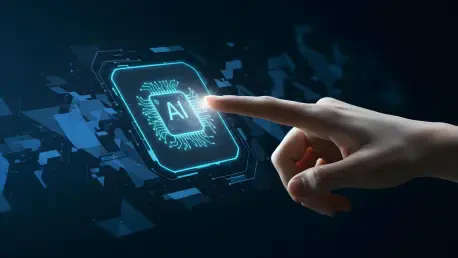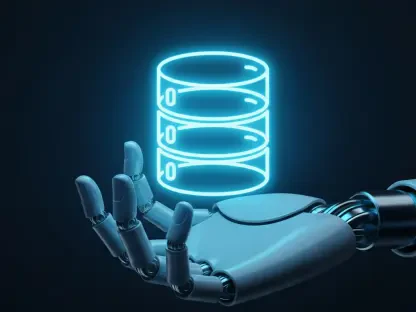The tech industry has witnessed a remarkable surge in Python’s popularity as it claims the top spot in programming language rankings and becomes an essential tool across numerous industries. The extraordinary demand for Python raises the question: What is driving Python’s continuous transformation, and how does its evolution impact future innovations?
The Driving Force Behind Python’s Evolution
Python’s adaptability has made it the language of choice for AI, data science, and web development, positioning it as a crucial player in modern technology. Its simplicity and readability facilitate rapid development, fostering a community that is both vibrant and innovatively generative. In fields such as artificial intelligence and data science, Python stands out by offering extensive libraries and frameworks, allowing developers to push the boundaries of what’s possible. In return, these advanced domains influence Python, prompting the addition of new features and tools tailored to niche requirements, thereby creating a dynamic ecosystem of continuous growth.
Innovations Shaping Python’s Future
Recent innovations in Python serve as transformative factors in the language’s evolution. The introduction of the Python Installation Manager for Windows is poised to streamline how developers install, upgrade, and manage their Python environments. This tool is seen as a significant enhancement over the conventional methods, providing enhanced convenience to users. On the artificial intelligence front, the Google Agent Development Kit for Python simplifies the creation of complex AI agents, allowing developers to expand AI applications with unprecedented ease. Python 3.14 ushers in t-strings, offering a fresh alternative to traditional f-strings, enhancing the way developers work with variable formatting. Additionally, the introduction of Marimo, a modern notebook system, transforms the developer experience with its improved interactivity and deployment features, surpassing limitations faced with conventional Jupyter Notebooks.
Expert Insights and Community Dialogues
Insights from the Python Language Summit reveal an evolving narrative where fearless concurrency and Python’s potential on mobile devices are key discussion points. Bold ideas such as virtual threads are debated within the community, reflecting on the potential of Python’s concurrency mechanisms. These discussions underscore the strategic importance of careful enhancements and the community’s commitment to striking a balanced approach as Python continues its adaptation to meet modern technological demands.
Practical Steps to Embrace Python’s Transformation
Developers eager to stay ahead of Python’s rapid transformations can focus on continuous education and active community participation. Engaging in online courses, attending programming meetups, and closely following Python Enhancement Proposals (PEPs) will ensure they remain at the forefront of innovation. Furthermore, developers can make meaningful contributions by collaborating on open-source projects and taking part in community debates. These practical engagements are essential not only to harness the full potential of Python’s evolution but also to shape its future trajectory.
Reflections and Future Pathways
Python’s journey of transformation over the past years was marked by significant advancements that catered to a broad range of fields. Developers who embraced innovative tools and engaged in community efforts found themselves equipped to leverage Python’s newest capabilities effectively. With an ever-expanding range of applications, the need for staying informed and adaptable has been apparent, emphasizing ongoing learning and active participation as key steps toward thriving in Python’s evolving landscape. As the language continues to mature, it offers new opportunities while maintaining its hallmark simplicity, guiding users on a journey where the fusion of creativity and technical prowess becomes the norm.









